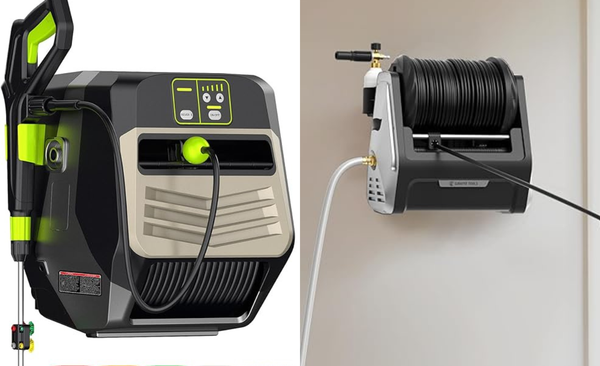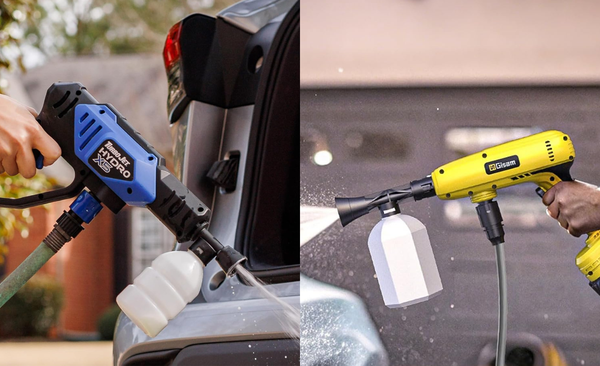Starters' Guide to the Stars: Best Telescopes for Beginners in 2025
Explore the night sky with ease using the best telescopes for beginners on Amazon. Our top picks offer user-friendly designs, clear optics, and great value—perfect for stargazers taking their first step into astronomy.
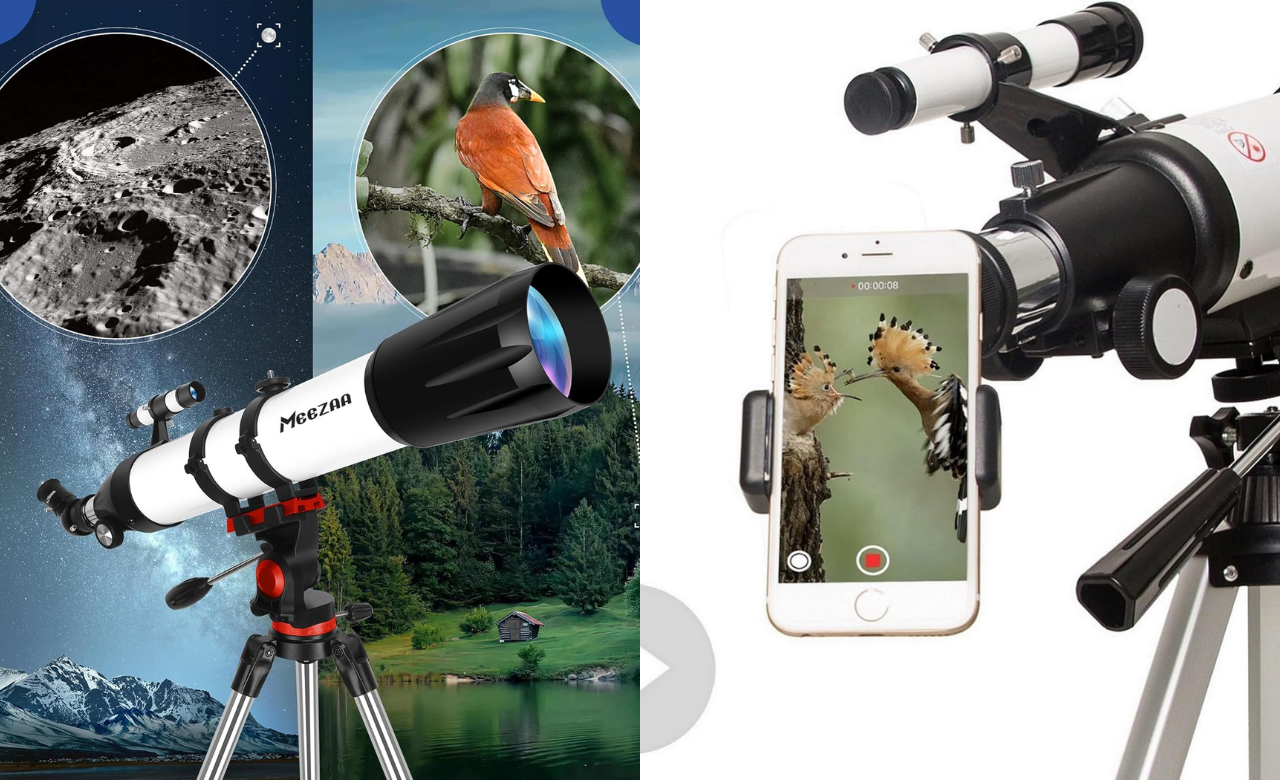
Exploring the night sky has never been more accessible, thanks to the growing selection of beginner-friendly telescopes available on Amazon. Whether you're a curious stargazer, a student, or someone diving into astronomy for the first time, the right telescope can spark a lifelong fascination with the cosmos. The best beginner telescopes of 2025 are designed with ease of use, portability, and affordability in mind—perfect for those who want clear views of the moon, planets, and distant stars without an intimidating learning curve. With features like adjustable mounts, smartphone adapters, and user-friendly setup, these entry-level telescopes offer an exciting gateway into space exploration.
Top Telescopes for Beginners on Amazon
How We Choose the Best Telescopes for Beginners
To help beginners find the right telescope, we focused on ease of use, setup simplicity, and optical quality. We prioritized models with clear instructions, stable mounts, and manageable weight for portability. Magnification and aperture size were also key considerations—balancing performance with beginner-friendly operation. We looked for telescopes that offer good value, include essential accessories (like tripod and eyepieces), and have strong user reviews. Whether you’re exploring lunar craters or stargazing in your backyard, these picks offer a great start to your astronomy journey.
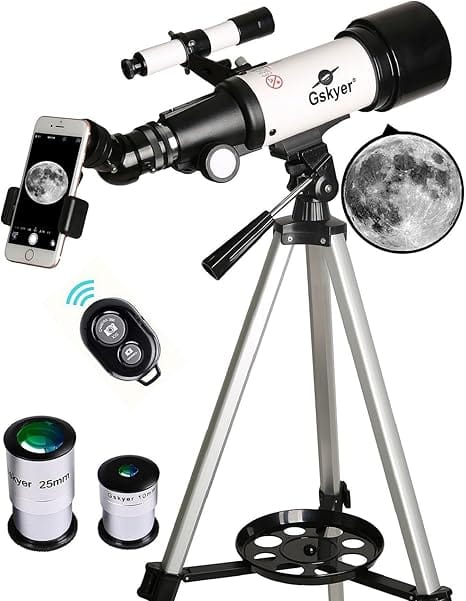
Gskyer Telescope for Beginners
Best for travelers & kids who need a lightweight, portable setup with included carry bag
Why We Love It
- Bright, Clear Views: 70 mm fully coated glass objective delivers crisp images with excellent light transmission.
- Versatile Magnification: Two eyepieces plus 3× Barlow lens let you jump from low to high power (up to ~350×) without extra cost.
- Easy Targeting: 5×24 reflex finder with crosshairs makes locating celestial objects straightforward.
What You Should Know
- Manual Focus Only: Fine but slower focusing compared to motorized drives—perfect for static targets, less ideal for video tracking.
- Limited Deep-Sky Performance: 70 mm aperture is modest; best for lunar, planetary, and some brighter Messier objects.
- No Motorized Mount: Altazimuth control is intuitive but requires manual nudges to follow objects as they drift.
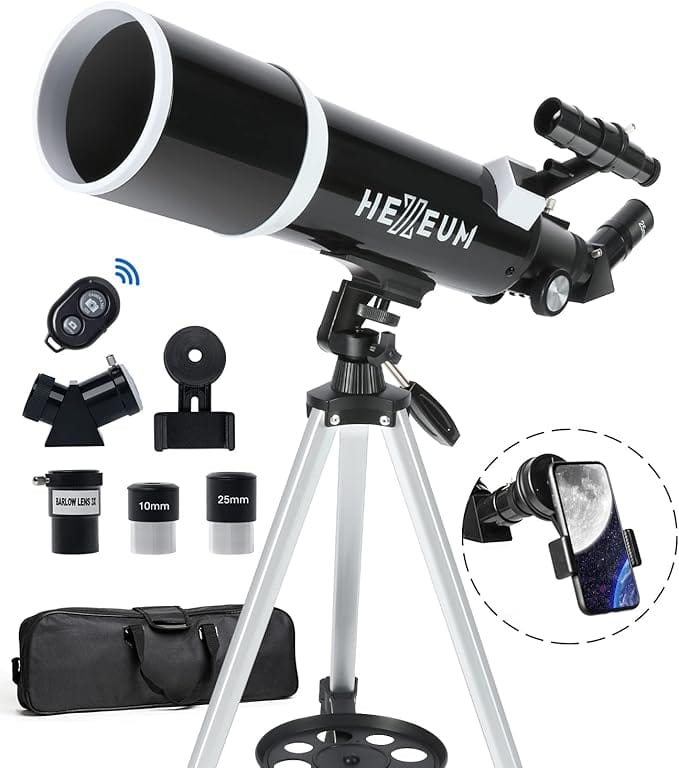
HEXEUM Telescope for Beginners
Best for amateur astrophotographers using smartphones for night sky photos
Why We Love It
- Wide Aperture for Bright Views: 80mm objective lens gathers more light than standard 70mm models—ideal for clearer, brighter images.
- Versatile Magnification: Includes two eyepieces (24× and 60×) and a 3× Barlow lens for up to 180× zoom—great for Moon craters and planetary detail.
- Beginner-Friendly Design: Tool-free assembly, smooth manual focus, and a reflex finderscope help you get started quickly and locate objects with ease.
What You Should Know
- Manual Tracking Only: Altazimuth mount is easy to use but requires manual adjustment to follow celestial objects.
- Not Ideal for Deep-Sky Astrophotography: While you can capture bright objects, serious long-exposure photography will require an equatorial or motorized mount.
- Standard Eyepieces: Comes with Kellner lenses, which are good for beginners but can be upgraded later for sharper views.
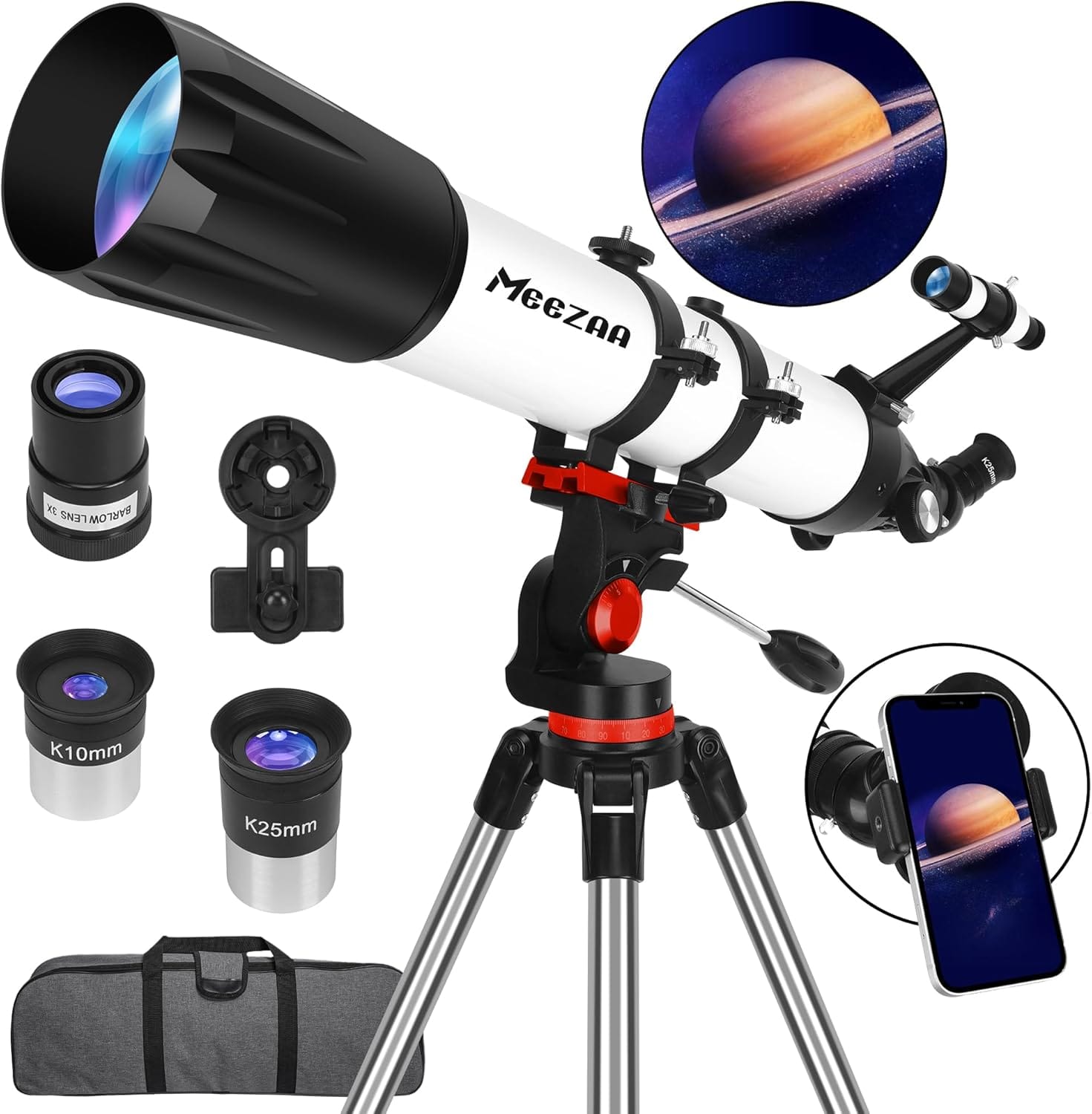
MEEZAA Telescope for Beginners
Best for families and educators looking for an educational stargazing experience
Why We Love It
- Impressive 90mm Aperture: Larger than typical beginner telescopes, it captures more light—resulting in brighter, clearer views of the Moon, planets, and even some deep-sky objects.
- High Magnification Range: Comes with two eyepieces and a 3× Barlow lens for up to 240× magnification, ideal for detailed lunar and planetary viewing.
- Great Optics: Fully multi-coated lenses help maximize light transmission and image clarity, offering more vivid, high-contrast visuals.
What You Should Know
- Manual Altazimuth Mount: Easy to operate but requires manual tracking of celestial objects as they move.
- Bulky for Travel: With an 800mm focal length and 32" length, it’s better suited for home or backyard use than backpacking trips.
- Straight-Through Finderscope: Can be less ergonomic than angled finders, especially for overhead viewing.
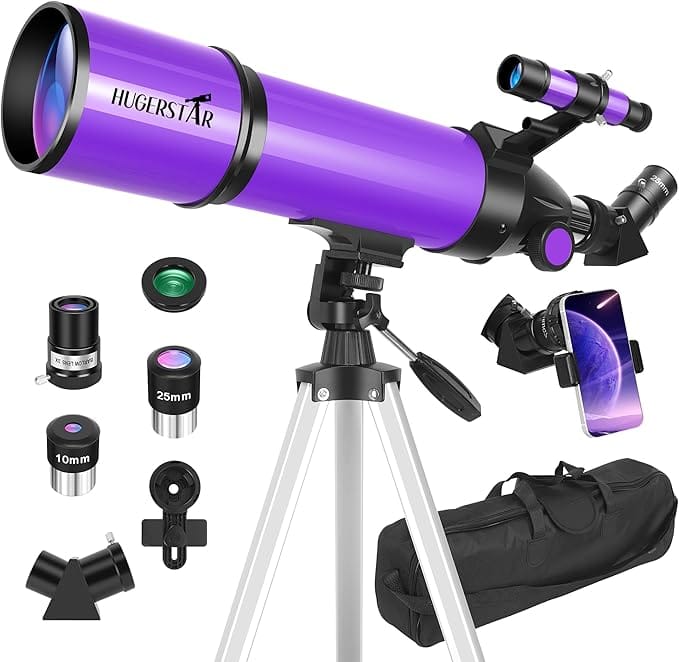
HUGERSTAR Telescope for Beginners
Best for beginners and hobbyists looking for versatility between night sky and daytime viewing
Why We Love It
- Bright & Wide Views: The 80mm aperture and 600mm focal length offer a solid combination of light gathering and magnification, ideal for viewing the moon, planets, and terrestrial scenes.
- Flexible Magnification (24x–180x): Comes with two eyepieces and a 3x Barlow lens, giving you a range of zoom levels for detailed lunar observations or wide-field stargazing.
- Smartphone-Friendly: Includes a phone adapter so you can snap and share your favorite sky sights easily.
What You Should Know
- Altazimuth Mount: Easy to operate, but not ideal for precision tracking of celestial objects.
- Straight-Through Finderscope: Less ergonomic than angled versions, especially when viewing objects overhead.
- Kellner Eyepieces: Basic but functional; upgrading can improve image sharpness as your interest grows.
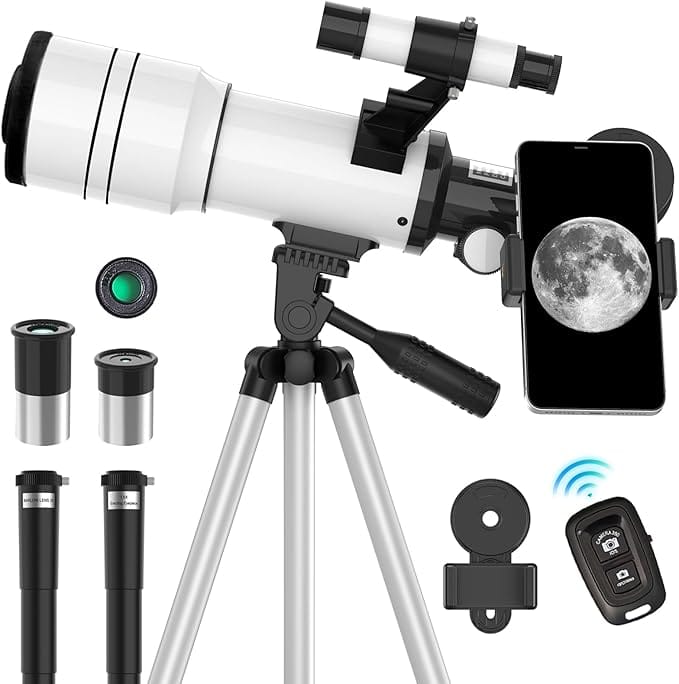
ToyerBee Telescope for Beginners
Best for budget-conscious shoppers looking for a starter scope with solid basics
Why We Love It
- Good Aperture for Beginners: The 70mm objective lens offers bright and clear views of the moon, planets, and stars—great for entry-level stargazing.
- Flexible Magnification (15x–150x): Includes two eyepieces (H20mm and H6mm) and a 3x Barlow lens to zoom in on celestial objects with ease.
- Kid-Friendly Height: The adjustable tripod (13.8”–40.5”) accommodates users of different sizes, including young children.
What You Should Know
- Short Focal Length (300mm): Limits its zoom potential and sharpness for deep-sky viewing, but works well for the moon and bright planets.
- Plastic Build: Some components may feel less durable, but are sufficient for careful beginner use.
- Barlow Lens Quality: The 3x Barlow can degrade image sharpness at high magnification—best results usually at mid-range zoom.
Top Telescope for Beginners FAQs
Choosing your first telescope can feel overwhelming, especially with so many models and technical features. This FAQ section is designed to help beginners navigate the basics of telescope selection, setup, and stargazing so you can start your astronomical journey with clarity and excitement.
What type of telescope is best for beginners?
The most beginner-friendly types are refractor and reflector telescopes. Refractors are simple to use and require minimal maintenance, while reflectors often offer better image quality for the price but may need occasional alignment (collimation).
What can I see with a beginner telescope?
With a quality beginner telescope, you can observe the moon, planets like Jupiter and Saturn, star clusters, and some bright deep-sky objects such as the Orion Nebula and Andromeda Galaxy.
How much magnification do I need?
More magnification isn't always better. Most beginner scopes offer 30x to 200x magnification, which is enough to see planetary details. What matters more is optical quality and aperture size, not extreme magnification.
What does aperture mean, and why is it important?
Aperture refers to the diameter of the telescope’s main lens or mirror, measured in millimeters or inches. A larger aperture gathers more light, providing clearer, brighter images, especially of distant celestial objects.
Are computerized (GoTo) telescopes good for beginners?
Yes, if you're looking for convenience. GoTo telescopes can automatically locate objects in the sky using a built-in database, ideal for beginners who want to spend more time observing and less time aligning.
Do I need a tripod or mount?
Absolutely. A sturdy tripod or mount is crucial for stable viewing. Many beginner telescopes come with alt-azimuth (up/down, left/right) mounts, which are intuitive to use. Equatorial mounts are better for tracking but have a steeper learning curve.
Can I use my telescope during the day?
Yes, but you’ll need the proper solar filters or diagonal prisms to safely observe daytime objects like birds, landscapes, or even the sun (never view the sun without proper solar protection).
Can I take pictures through my telescope?
Many beginner telescopes support smartphone adapters, allowing you to capture the moon and planets. For serious astrophotography, a telescope with a stable equatorial mount and camera compatibility is recommended.
Is telescope setup difficult?
Most beginner telescopes are easy to assemble with minimal tools and clear instructions. Refractors tend to be the easiest, while computerized telescopes may require a short learning curve to master alignment.
How much should I expect to spend on a good beginner telescope?
You can find reliable beginner telescopes between $100 to $300. Spending a bit more often means better optics, sturdier mounts, and user-friendly features that enhance the viewing experience.
Conclusion
In conclusion, the best telescopes for beginners on Amazon in 2025 make stargazing accessible, enjoyable, and educational. Whether you're exploring the night sky for the first time or nurturing a budding interest in astronomy, these beginner-friendly models offer ease of use, portability, and clear optics to get you started. From compact refractors to user-guided reflectors, there's a telescope to suit every learning curve and budget. By choosing the right model, you can spark a lifelong fascination with the cosmos and enjoy countless nights of celestial discovery.


